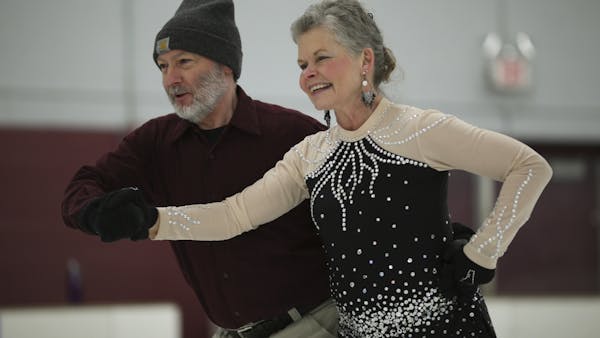History: Ice dancing has much in common with ballroom dancing, except dancing on skates is more difficult and there seem to be twice as many rules. It became part of the World Figure Skating Championship in 1952, and was initially dominated by British skaters. After it was made an official medal sport for the Winter Olympics in 1976, the Russians and Eastern Europeans took over, with a more theatrical approach. The sticklers at the International Skating Union decided to crack down on flamboyance by adding restrictions, some of which were later loosened, but with a new emphasis on technical prowess.
Dance types: Competitions used to consist of an original dance, a compulsory or "patterned" dance and a free dance. In 2010, the first two were combined into a new category, the short dance, a mix of predetermined and self-created moves. Free dances are created by the skaters themselves, and performed to their choice of music.
Rules: What you are not allowed to do in competitive ice dancing is just as important as what you can do. A quick overview of the terminology and rules reveals how complicated and exact the sport is. For example, in a dance lift, the lifting partner must not raise the hands higher than the head, nor can he show off by swinging his partner around by her appendages. The twizzle — one of dozens of elaborately defined moves in the ice-dancing lexicon — is a quickly executed traveling turn on one foot with one or more rotations; a series of three turns is not acceptable, as this does not constitute a single action. The "attitude" is bending the free leg up and behind at a 90-degree angle to the skating leg.
Starlight Ice Dance Club: The club hosts social ice dance from 7:30-8:30 p.m. every Thursday through April 17, usually at Parade Ice Arena in Minneapolis. You do not have to be a club member to join, just pay a small ice-use fee. The club is hosting an ice-dance weekend with clinics and other activities July 18-20. www.starlighticedanceclub.com
Kristin Tillotson
